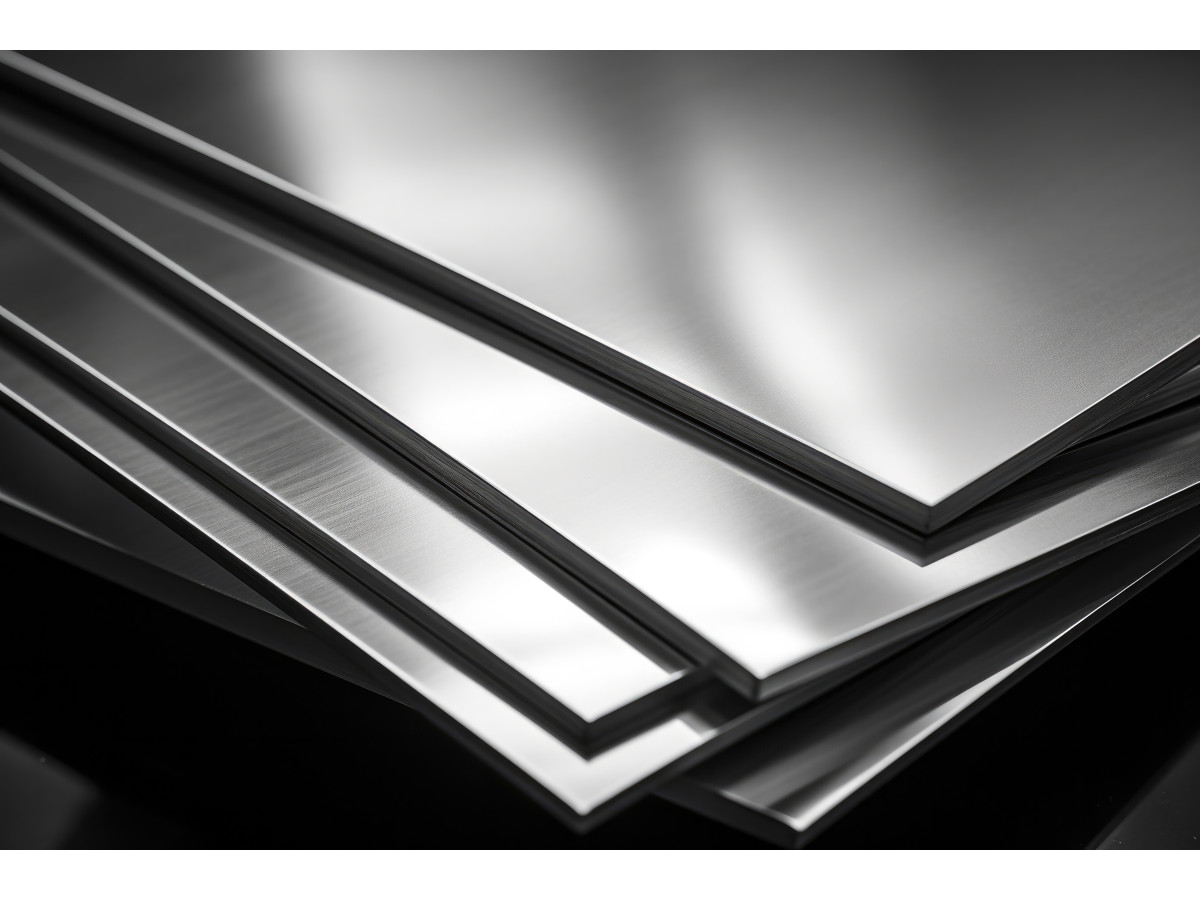Tool steel sheet is one of the most important types of metal products, without which modern machine engineering and tool production cannot be imagined. Tool steel sheet has unique characteristics that make it indispensable in various industrial sectors. The history of tool steel application spans several centuries, but it was in the 20th century that a significant breakthrough occurred in the technologies for its creation and processing.
The main areas of application for tool sheet products cover a wide range of manufacturing: from the creation of cutting tools to the production of high-precision measuring instruments. Quality plays a crucial role – this type of steel must meet the strictest requirements for chemical composition, mechanical properties, and microstructure. Modern manufacturing methods allow for sheets to be produced with minimal deviations from specified parameters, which is critically important for high-precision production.
It is noteworthy that the global market for tool sheet products is demonstrating stable growth. According to analytical agencies, the annual increase is 3-5%. The main consumers are machine engineering enterprises (45% of the market), tool manufacturers (30%), the aerospace sector (15%), and other consumers (10%). A particularly high demand is observed for sheets made from high-speed steels, which is associated with the development of high-speed machining.
What Types of Tool Steel Sheets Are Currently Used?
The main types of tool steel for sheet products:
- (U7, U8, U8A, U10, U12) are characterized by a high carbon content, providing the material with excellent hardness. These types are used in the creation of modern cutting items (knives, drills) as well as measuring instruments. It should be noted that this type of material is brittle and prone to corrosion.
- (H, HVG, 9HS), due to the addition of alloying elements (chromium, vanadium, etc.), possess increased strength, wear resistance, and corrosion resistance. They are used for manufacturing stamps for hot stamping, cutting tools for metal machining, and molds.
- (R6M5, R18, R6M5K5) contain high levels of tungsten and molybdenum, which guarantee hardness under high temperatures. The metal is actively used in the production of drills, mills, reamers, and knives for metal-cutting machines that participate in high-speed metal processing.
- (H12M, 5HNМ, 7H3) have wear resistance and impact resistance, making them indispensable in the production of molds for cold and hot stamping and molds that operate in harsh conditions.
The choice of a specific grade of steel depends on the working conditions of the future tool: the type of material to be processed, the working mode, and the requirements for precision and processing cleanliness. Despite the high cost and complexity of processing some grades, tool steels guarantee durability and high quality of the manufactured products due to their strength, wear resistance, and high-temperature stability.
Other Features of This Material
Key characteristics of quality tool sheets:
- Hardness on the Rockwell scale (HRC) from 58 to 65 units.
- Flexural strength from 2000 to 4500 MPa.
- Heat resistance from 250 to 650°C.
- Wear resistance of at least 45-60 units on the HRC scale.
The process of producing tool sheets involves several critically important stages. It begins with the smelting of steel with a specific chemical composition, followed by hot rolling, heat treatment, and surface finishing. Special attention is paid to quality control at each stage of production. Modern enterprises use automated control systems that allow monitoring more than 20 parameters simultaneously.
How to Choose Tool Steel Sheet?
When selecting a tool sheet, it is necessary to consider numerous factors, including operating conditions, required mechanical properties, and economic feasibility. It is important to understand that the high cost of quality tool steel sheets is compensated by their durability and reliability in operation. The average service life of products made from quality tool steel sheets is 2-3 times longer than that of counterparts made from regular structural steels.

